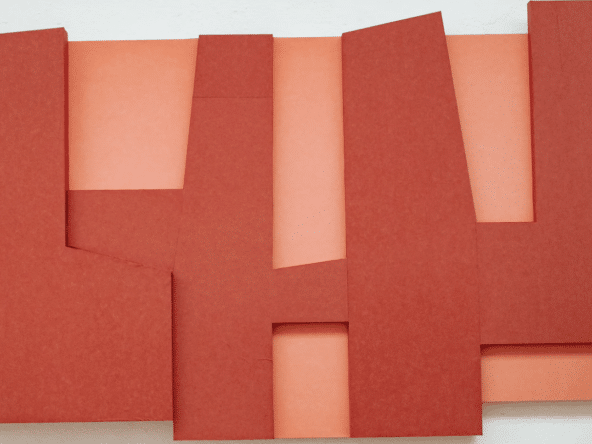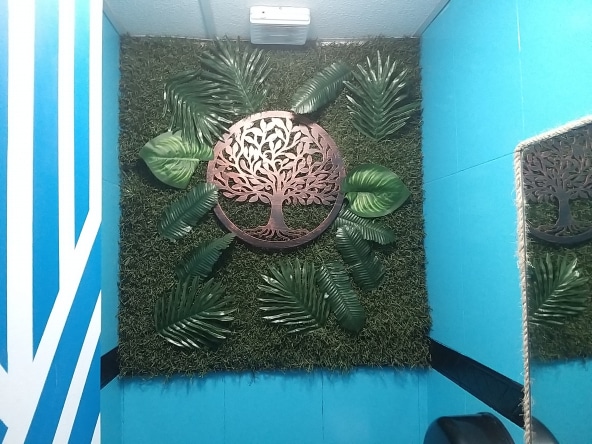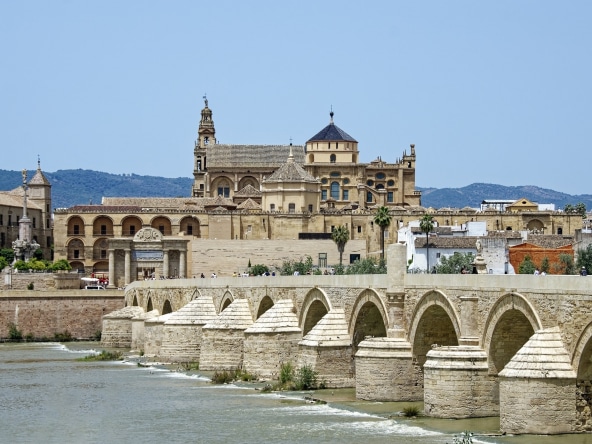El Vendrell: The Museum organizes events linked to the figure of Ramon Calsina. The Diez del Vendrell Museum hosts an exhibition by Ramon Calsina (1901-1992) after 15 years of the last one dedicated to him. The family presents the Ramon Calsina Foundation with the aim of recovering the work and memory of the Catalan artist.
Today at noon, at the Robert Palace in Barcelona, the presentation of the exhibition “Ramon Calsina: unconditional creator” took place, which will be hosted by the Diez del Vendrell Museum from March 27 to June 28, by Raúl Buira, councilor of the Vendrell City Council, Nuria Payan, director of the Diez Museum, and the artist's eldest son, who has the same name as his father and who has presented the creation of the Ramon Calsina Foundation with the aim of recovering his work and memory.
Next Friday, March 27, at eight in the afternoon, at the Diez del Vendrell Museum, the opening ceremony of an outstanding temporary exhibition will take place. The exhibition, titled "Ramon Calsina: unconditional creator", is a journey through the life and work of the Puebla artist Ramon Calsina y Barón and can be visited until June 28.
Ramon Calsina was born in an industrial and humble environment and came from a family of bakers. He started drawing as a child and, at the age of 15, he published his first drawing in El Pituso. He thus began a long path of learning, exhibitions and social and political commitment. In the beginning, criticism was already focused on Calsina; Feliu Elías (La Publicidad, 1927) wrote: “Providence now reveals to us the best, the most spiritual poster artist our land has ever known.” In 1929 he received his first major recognition, since he received a scholarship twice from the Ramon Amigó y Cuyás Foundation. The first scholarship allowed him to get to know Spain, mainly Granada, where he met Federico García Lorca and Manuel de Falla. The second took him to Paris where he participated in the Salon des Superintendents. Critics from Le Quotidien, Le Journal and Le Mercure de France praised Calsina's work.
Although, before the Civil War, Calsina exhibited throughout Spain with great critical success. In 1936 he was drafted into the ranks of the Republican army and, when he fled to France, he was interned in the Argelers refugee camp. Risking his life, he decided to return to Spain through the Basque Country, where he was imprisoned in an improvised concentration camp in the bullring of Vitoria. The years that followed were one of forced discretion in an atmosphere of internal exile until practically 1957, when the main Barcelona artistic institutions and the most prestigious intellectuals organized the tribute exhibition Thirty Years of Painting to the Syra Galleries. This fact restarted a constant series of samples of Calsina's work. The criticism from National Solidarity and the newspapers, which had long despised him, began to be less harsh. In 1964 he won the Ynglada-Guillot International Drawing Prize, in 1984 the Gold Medal of the International Art Fund and in 1990 the Cross of Saint George. Ramon Calsina died in Barcelona, on November 26, 1992.
The works exhibited at the Diez Museum are a global vision of the artist's thoughts and life; with images of Poblenou, with pieces of childhood memories and with drawings of social and artistic criticism that, surely, will not leave the public who observes them indifferent. The exhibition houses about 50 works, most of which had not previously been shown to the public and can now be admired thanks to the collaboration of the Ramon Calsina Foundation and private collections. The exhibition is an act of justice to rediscover the figure of this important Catalan artist.
Around the exhibition, the Museo Diez organizes a whole series of events linked to the figure of Ramon Calsina, both for adults and children; There will be workshops such as storytelling and talks.
During the opening ceremony of the exhibition, there will also be the institutional presentation of the Ramon Calsina Foundation, recently created with the aim of preserving and conserving the work of Ramon Calsina y Barón; The objective is to disseminate it and show it according to the concept that the artist had about art.



